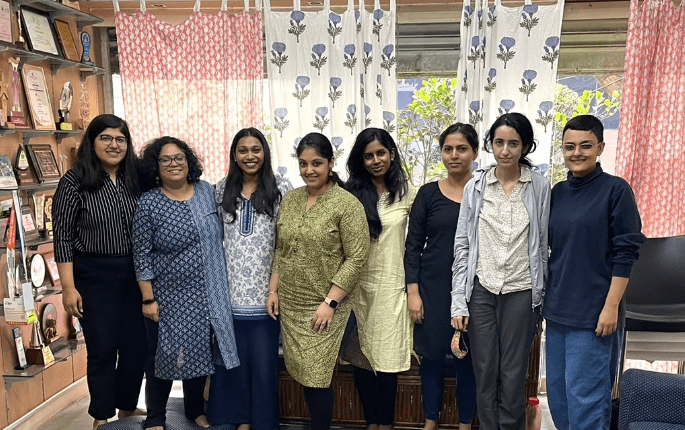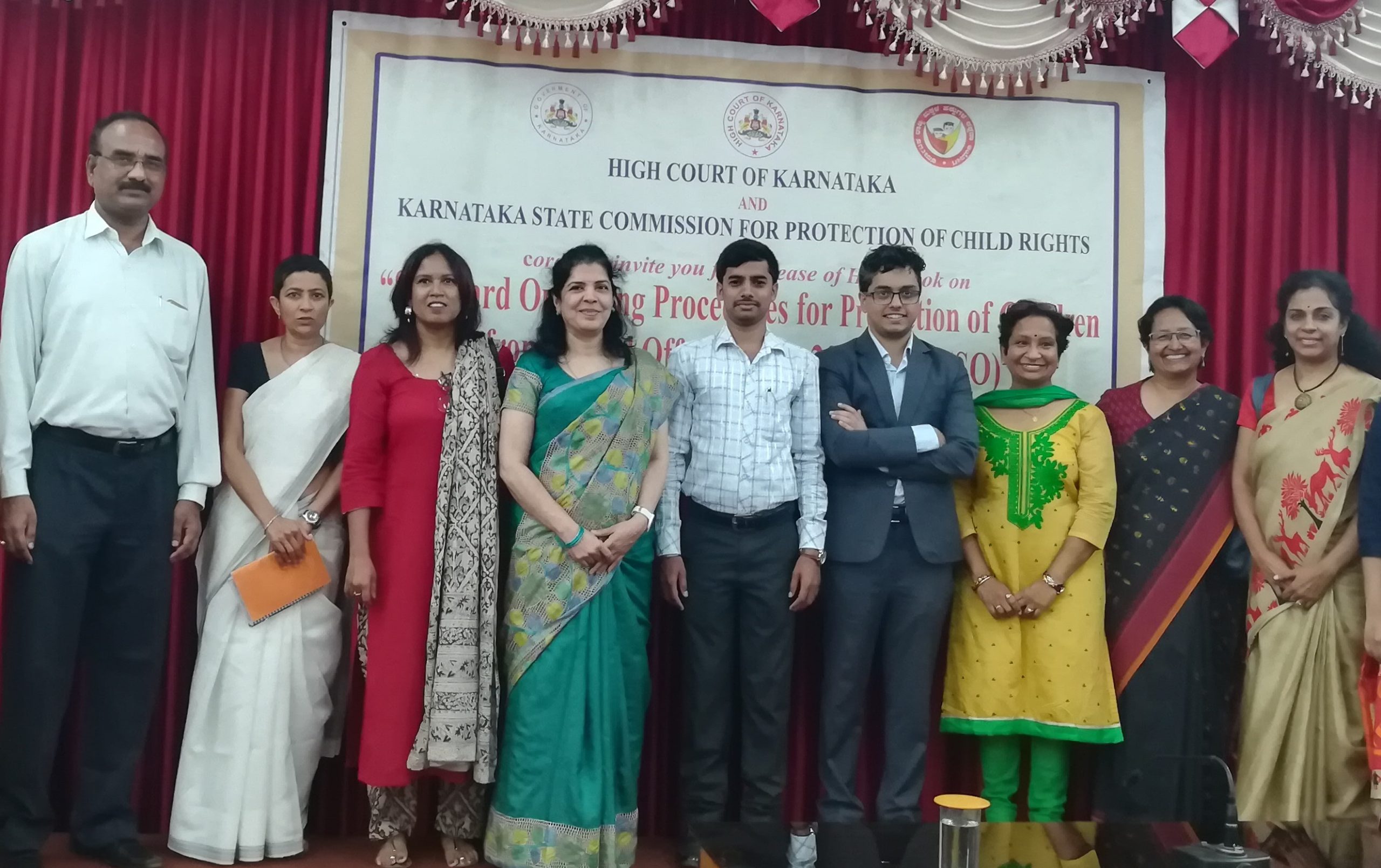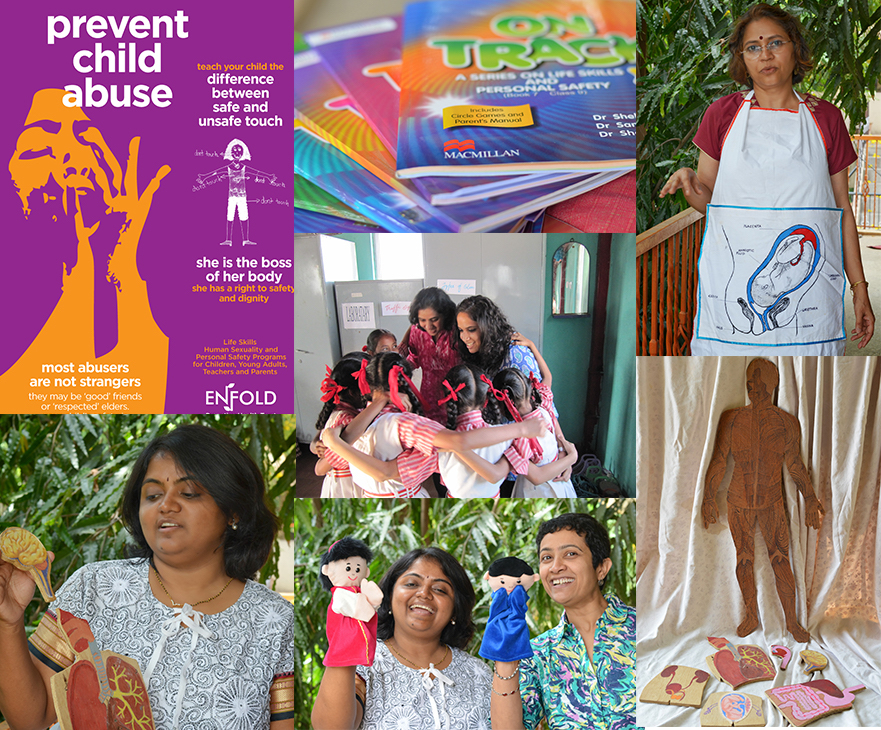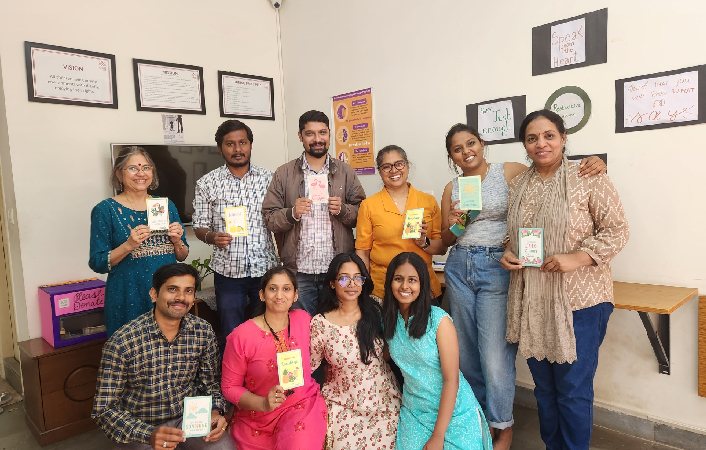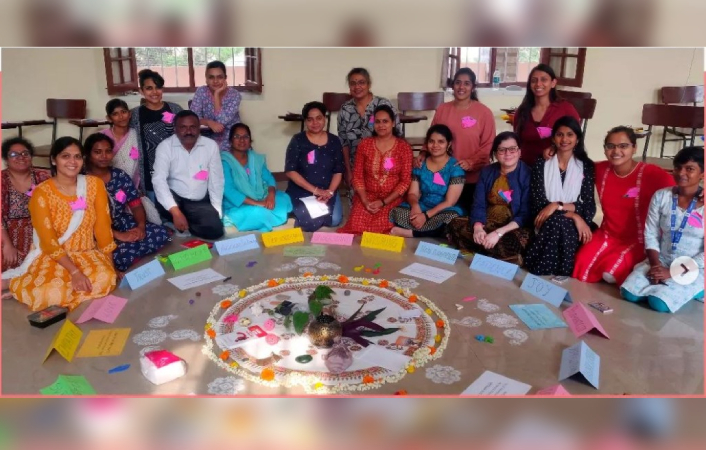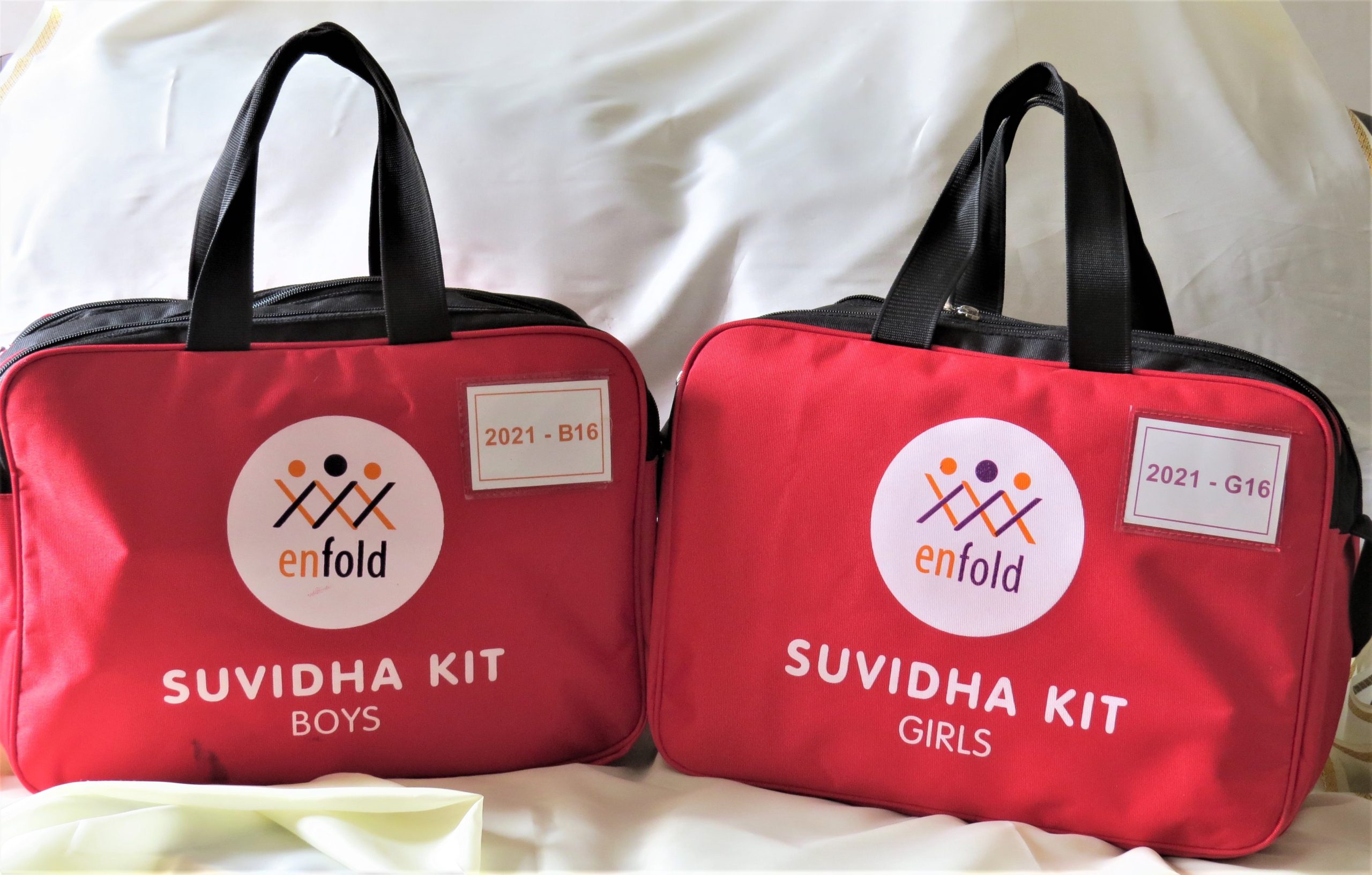Mass molestation – How does this end?
The recent molestation in Bengaluru on New Year Eve has rightly created a big uproar in the media. However, the highlight of the discussions have been circling around what happened and how it could have been avoided, with a short term focus. Does this address the core issue – which is lack of ability of adults in our society to discuss sexuality, responsibility and personal safety with children, adolescents and young people? Its time we move from band – aid type problem based solutions to lasting interventions and methods that address the core lacunae. How do we do this? Where do we start?
The incident brought out clearly the absence of two vital core values. One – respect for each individual’s right to safety and dignity and the second – our responsibility as a bystander. These are values that necessarily need to be a part of our being – an instinct that comes to the forefront when there is an imminent need for help and support by a fellow human being. These values are inculcated in our children as they journey through childhood to adulthood, under the influence of their family and external social environment. Experiences and exposure to information, opinions and behaviour of people around them creates a lasting impact on our children’s mindset.
There is a general belief that our behavior is a reflection of our upbringing. However, the term ‘upbringing’ not only includes the values that our family lives by and demonstrates to the child, but also any form of repeated/ regular exposure or input that could impact the child’s social behaviour. These form the basis of our child’s ability to decide what is worthy and what is not, and choose which values to uphold and live by. Considering that we tend to present most life’s learning and choices in the form of a dichotomy to the child, adding moral judgments to these dichotomies increases the existing problem. We also present our children with a fact and expect them to imbibe it without asking questions. This is the primary reason why children hesitate to discuss anything with regard to sexuality with us – parents or teachers or adults in general.
An important aspect of helping our children imbibe the values of dignity and respect for each other is to empower them with appropriate information about their body and boundaries around it. This starts with naming parts of the body, including the reproductive organs, and teaching Personal Body Safety Rules to children as young as 2 or 3 years old. We need to learn how to teach this in a comfortable manner, using clear, unambiguous words that a child can understand. When incidents of violation are being discussed or aired on media that older children are privy to, we can take the opportunity to talk to them about the issue from a wider perspective. Instead of sitting them down fearfully, to say ‘I want to talk to you about your safety. Beware of strangers! Don’t let anyone touch you..’, we can listen to the child’s thoughts and feelings about such incidents, and address their concerns. We can present the world as a safe place where most people care for children, want them to be safe and would help if they knew that there was a problem.
Change in mindset begins through open communication. We can begin to listen and talk to our children with room for dissent and disagreement. We also need to trust the instincts of a child, listen and act when they express discomfort. We can encourage them to report when a personal safety rule is broken, believe them when they do, and take appropriate action against the perpetrator. This way we can help our children grow up into confident individuals who are clear about their personal boundaries and respect other’s too. This applies to all children, irrespective of gender. We believe this can bring change.
We can bring personal safety and sexuality education into our homes and classrooms. When teaching and discussing sexuality etiquette we can avoid saying ‘this is not for you, you are just a kid, etc’ or change channels when there is a kissing scene. We can explain and say “This is something two adults do when they care for and love each other. But they do this in private. When it is aired like this, and all of us are watching it together, it makes me feel uncomfortable. I am changing the channel.” We actually need to change the channel when there is a fight or a teasing / molestation scene – and tell the child why we are doing so. This sends a clear message to children about our values. They learn more from what they see us do rather that what they hear us say. We can use opportunities like these to talk about privacy and consent.
We can move away from appreciating and valuing physical appearances. Instead we can focus on the intelligences, qualities and values inherent in the positive behaviour of a child. ‘You are so cute’ can be comfortably replaced with ‘You are a cheerful/caring/brave/thoughtful child’. By being mindful of what we say about people’s dresses and looks, and by respecting people for their behaviour, we can help children build respect for their own body and of that of others.
Coming to our responsibility as a bystander, we need to understand the Bystander Effect. We have all experienced being a bystander. Many of us have witnessed our friends/classmates bully someone or a person touch a child/ adult inappropriately. We knew what was happening wasn’t ok, and we did want to help. But somehow in the moment we looked around, saw other people there and averted our eyes. Thinking perhaps, “Why should I get involved? This isn’t my business/ problem.” There are so many people around, I am sure someone else will help. This is the Bystander Effect.
Its time we break the assumption that someone else will step forward to help. Invariably if one person comes forward, at least one or two join in.Its time for us be that leader, that change. Lets become a Proactive Safe Person. Even if we haven’t taken the initiative , let us participate, and join in when someone does. Most of us mean well and outnumber perpetrators, especially in public spaces. It is therefore important that we participate as responsible citizens to create safe spaces where ever we are be it in public or at home or at any other place. Lets Be a Proactive Safe Person and Create Safe Spaces for ourselves and for others!

